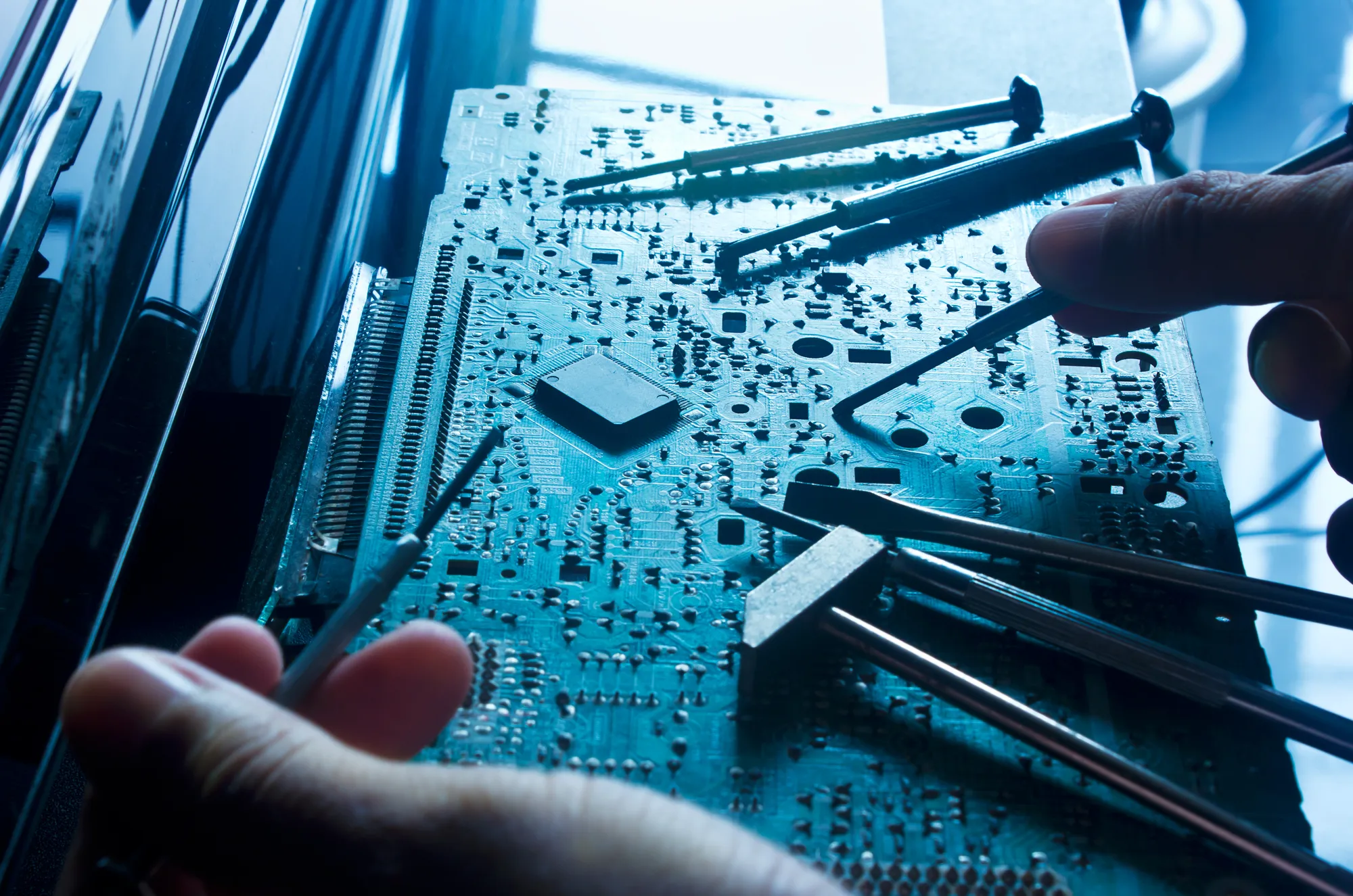CUSTOMER SERVICE AND REPAIRS
Your Trusted Ally for Customer Service and Repairs
Laser Photonics supports customers throughout the world and has a dedicated team of Service and Technical Support Engineers to provide after sales service from the moment the laser is delivered. We promise to give you our full attention and to act with integrity and accountability. Laser Photonics offers extensive customer training and support to ensure the best system performance, including:
Laser Photonics is committed to delivering superior customer service that meets the needs of our customers in a consistent manner, unsurpassed in professionalism, politeness and promptness. We assess the problem and determine the best solution. We always keep our promises!

Laser Photonics offers full service and repairs on all our products, whether they are in or out of warranty. If you are in need of service or repair for your laser equipment, please complete the form below and our service technicians will reach out to you for more information, and/or RMA instructions.
Laser Photonics maintains a full list of the available spare parts for each of our products. Please contact our customer service department to obtain the parts list for your specific laser system. We also offer various laser safety accessories for purchase, such as goggles and laser barriers – contact us for more details.
Need Service or Repair?
Fill out the form below and someone will be in touch with you guide you through the next steps.



